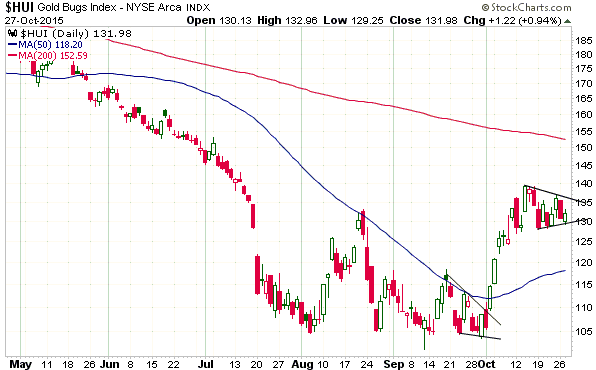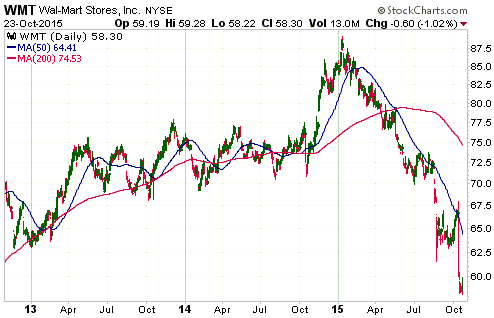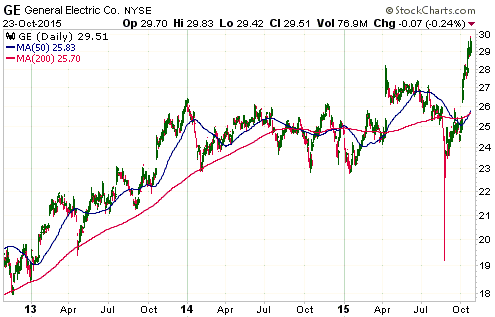As we enter ‘Fed day’ (the day on which the US monetary politburo is scheduled to provide a new set of clues on how it intends to manipulate the price of credit in the future), the gold-mining sector is poised for a breakout. Unfortunately, the HUI chart (see below) doesn’t clearly indicate the most likely direction of the breakout. This is normal. It’s always the case that price charts say a lot more about the past than the future.
Sentiment indicators and the HUI’s price chart suggest two different near-term outcomes. The first is that the HUI made a short-term top (a top that holds for at least a couple of months) 10 trading days ago and will confirm this top by breaking downward from its 2-week range in the aftermath of the Fed news. The second is that there will be an upside breakout in reaction to the Fed news followed by a quick move to a short-term top over the ensuing several days.
I think the second outcome is the more likely, but I’m not buying in anticipation. Instead, I will continue to do what I’ve been doing over the past 2.5 weeks, which is look for opportunities to raise cash.
 Print This Post
Print This Post



